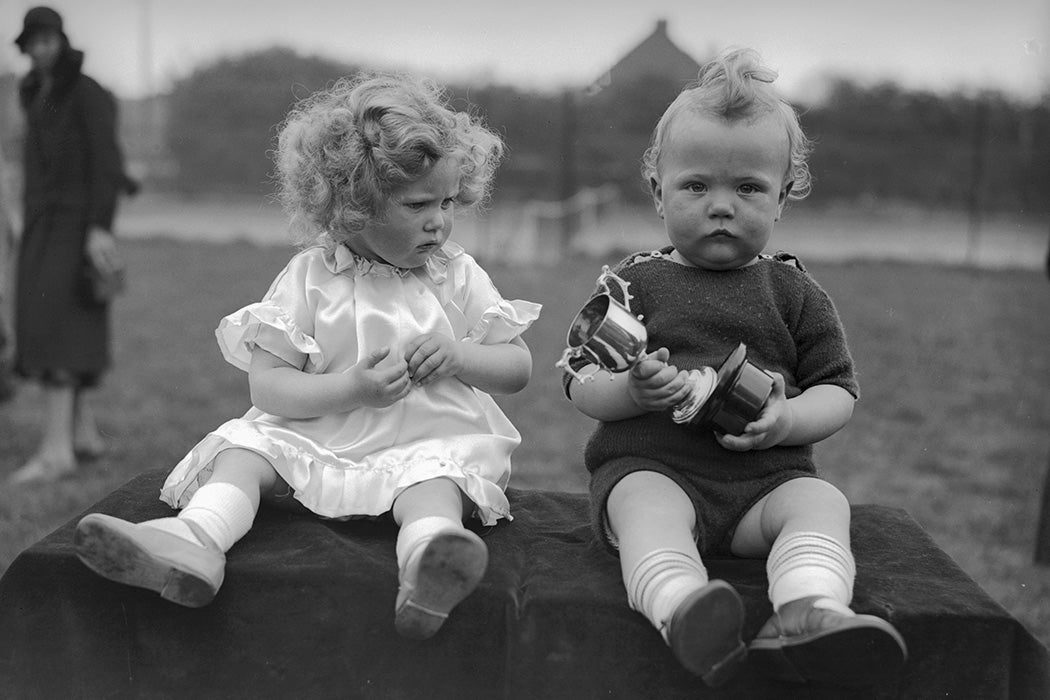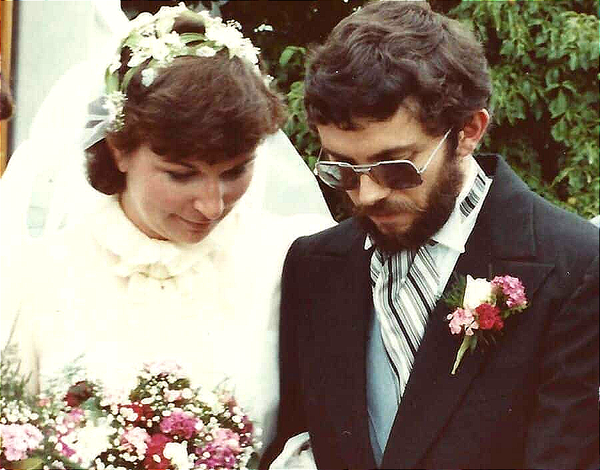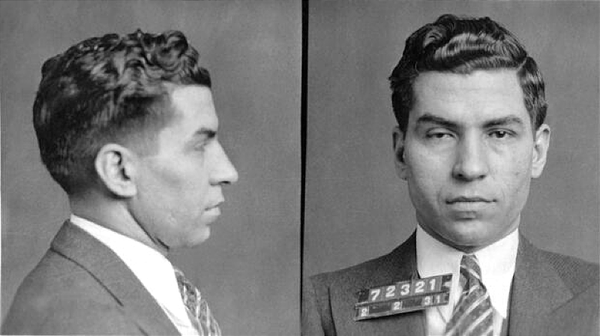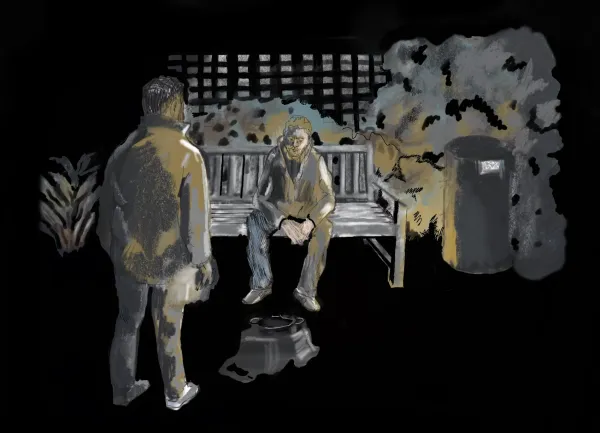A girl vanished in Vatican City and her fate remains a mystery

From Gillian Brockell for the Washington Post: "The mystery of what happened to Emanuela Orlandi has been a national obsession in Italy for 40 years, as of this month, but it went international last year with the release of the Netflix documentary “Vatican Girl: The Disappearance of Emanuela Orlandi.” In the four-part series, Orlandi’s family members, their attorney, police investigators and several Italian journalists go through the case, all of them concluding that the Vatican knows more than it has said. The Orlandi family had lived and worked in the city for more than 100 years, serving seven popes as ushers and messengers. In the 1980s, usher Ercole Orlandi lived in an apartment there with his wife, son and four daughters. Emanuela was the second youngest."
The biggest fraud in modern physics
:max_bytes(150000):strip_icc()/quantum-physics-formulas-over-blackboard-187852370-579632175f9b58173bbafc77-5c26a34a46e0fb0001390645.jpg)
From Deep Space on Medium: "At the beginning of the 21st century, experimental physics saw a startling breakthrough thanks to the work of Jan Hendrik Schön. This German physicist who worked at Bell Labs was a real prodigy. He set up daring and breakthrough experiments that pushed physics far ahead of the curve. At one period of his career, Schön published one article every eight days, in the most prestigious scientific journals, such as Nature and Science. Schön’s biggest success was that he was supposedly able to create a transistor working at the molecular level from organic materials. But other scientists could not replicate Schön’s results — it seemed that everything Schön wrote about worked only when he was in charge of the experiment."
Did a secret Manhattan cult drive Jackson Pollock to his death?

From Alexander Stille for GQ magazine: "Founded in 1957, the Sullivan Institute for Research in Psychoanalysis was a utopian community of a few hundred people in which therapists and their patients lived alongside each other in large group apartments. Its creators, the married psychotherapists Saul Newton and Jane Pearce, created a parallel world, living by precise rules and precepts almost entirely at odds with those of mainstream society. This group was composed almost entirely of high-performing urban professionals—doctors, lawyers, computer programmers, successful artists and writers, professors—who went to normal jobs by day but returned to a highly secretive world built around fellowship, polygamous sex, radical politics, and political theater."
Identical twins often aren't as identical as we might like to think

From Gavin Evans for Aeon: "Thirteen days before the start of the Second World War, a 35-year-old unmarried immigrant woman gave birth slightly prematurely to identical twins at the Memorial Hospital in Piqua, Ohio and immediately put them up for adoption. The boys grew up 40 miles apart in middle-class Ohioan families. Although James Lewis was six when he learnt he’d been adopted, it was only in his late 30s that he began searching for his birth family. Reports on their case prompted a Minneapolis-based psychologist, Thomas Bouchard, to contact them, and a series of interviews and tests began. The Jim Twins, as they were known, became Bouchard’s star turn. Of the 1,894 twins raised apart who had been tested by psychologists internationally between 1922 and 2018, the ‘Jim Twins’ story was, by far, the example cited most often."
Baby pageants became a national obsession in the nineteenth century

From Betsy Golden Kellem for JSTOR Daily: "One of the forgotten antecedents of pageant culture is the nineteenth-century practice of 'baby shows,' curated competitions within which families offered their children to be judged as the best, bounciest babies. By the end of the century they were a commonplace form of entertainment at both agricultural and mechanics’ fairs, urban theaters, exhibition halls, and fundraising events. Unitarian minister Theodore Parker, who described a show held to boost attendance at the Clark County Fair in Springfield, Ohio, in 1854. The idea spread rapidly and was catapulted to urban notoriety by P. T. Barnum, who, with his usual flair for innovation by transformation, made a spectacle of baby shows at his American Museum in New York. His first show, in June 1855, drew 60,000 patrons."
The secret movement bringing Europe’s wildlife back from the brink

From Isobel Cockerell for Coda Story: "It was 1998. Olivier Rubbers, then 29 years old, came up with the idea of returning beavers to his local rivers. "My level of knowledge about nature was extremely poor,” he now confesses. But he’d read a magazine article about how the beaver was indigenous to Belgium, though it had long been nearly extinct. Bringing beavers back, he thought, “would be a great project.” “Beaver bombing” or “beaver black ops” — as it’s become known in conservation circles — is the practice of illegally releasing the humble beaver into a waterway and leaving it to do what it does best: fell trees, build dams and construct lodges. Beavers are known as “ecosystem engineers,” or a “keystone species,” because they create an ideal habitat for all kinds of other wildlife."
The jet suit is being tested for emergency response in the mountains
From Massimo on Twitter:




